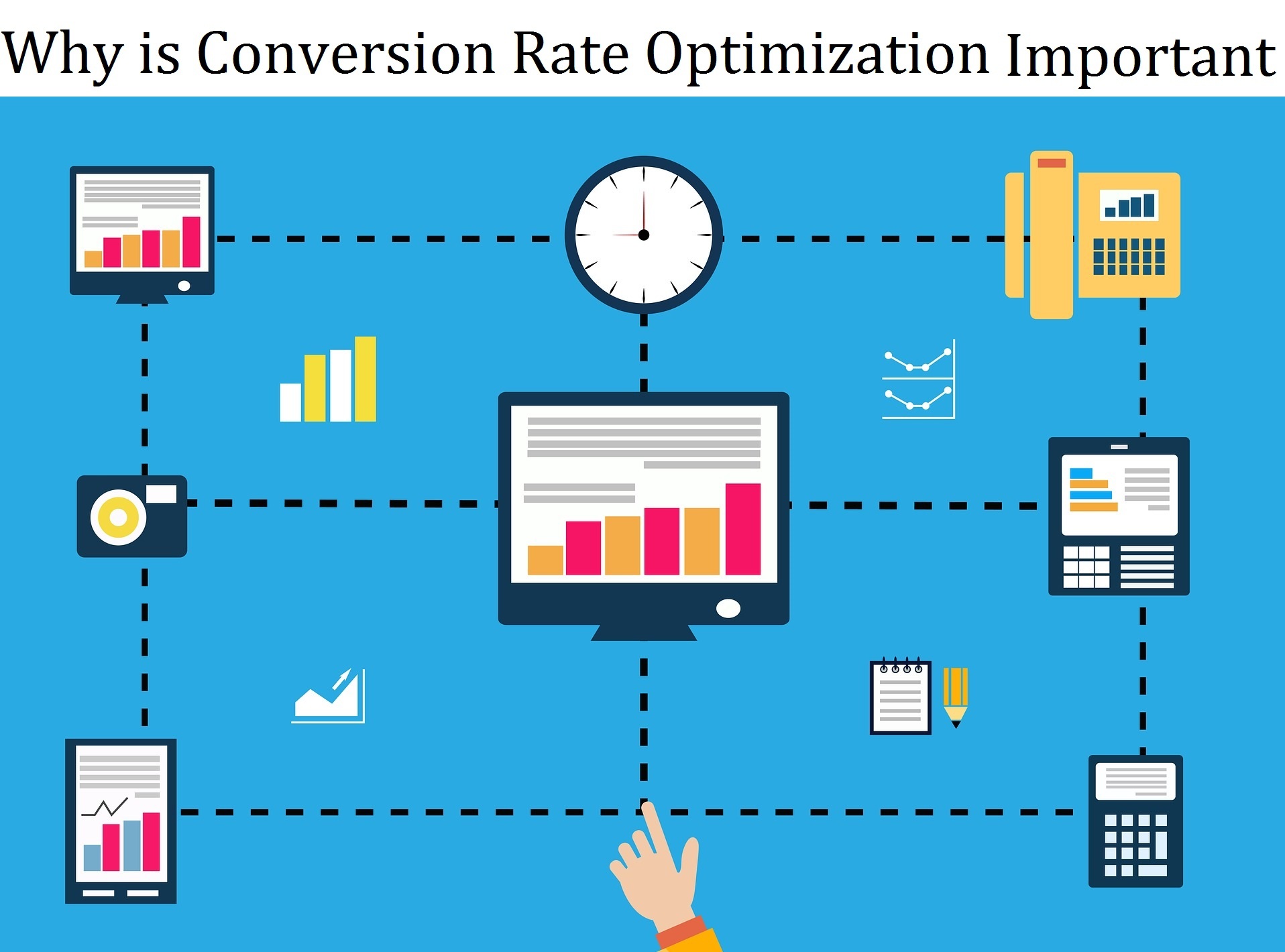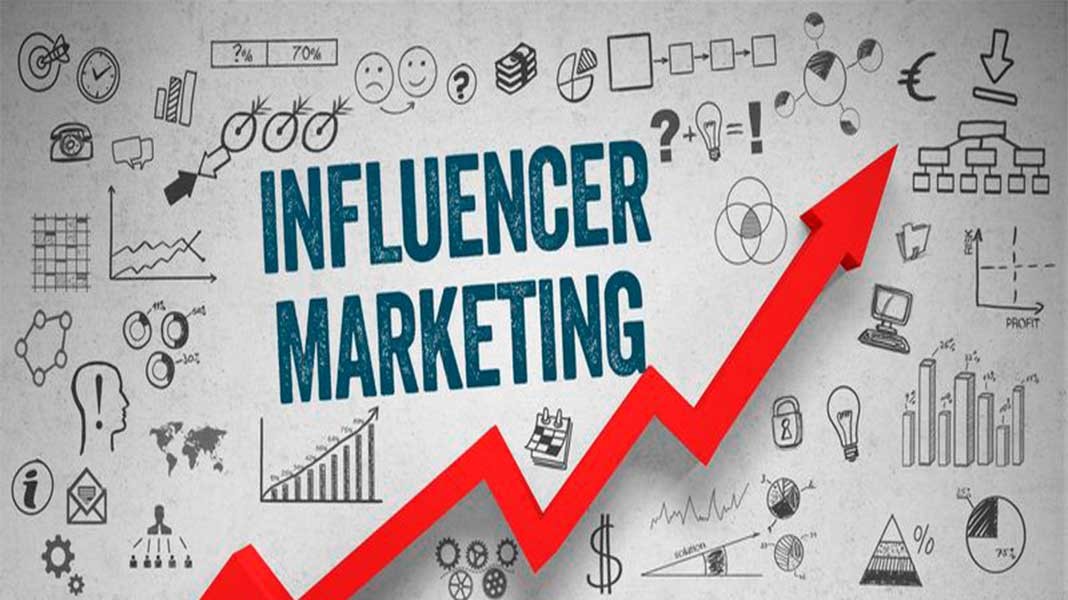What is CRO and Why It Matters
In the world of digital marketing, driving traffic to your website is just half the battle. The real challenge is converting those visitors into customers. This is where Conversion Rate Optimization (CRO) comes into play. CRO is a critical strategy that focuses on increasing the percentage of website visitors who take a desired action—such as making a purchase, filling out a contact form, or subscribing to a newsletter.
This blog will break down what CRO is, why it’s so important, and how you can leverage it to enhance your website’s performance.
What is CRO?
Conversion Rate Optimization (CRO) refers to the practice of improving the effectiveness of your website in converting visitors into customers or leads. Essentially, it’s about tweaking and optimizing your website’s design, content, user interface, and overall user experience to increase the likelihood that visitors will complete a specific action, such as:
- Purchasing a product
- Signing up for a service
- Subscribing to an email list
- Filling out a contact form
CRO involves using data-driven strategies to enhance your website’s conversion potential, making sure that visitors have a seamless, enjoyable, and motivating experience that encourages them to take action.
Why CRO Matters
The significance of CRO lies in its ability to maximize the value of your existing website traffic. Here’s why it should be an integral part of your digital marketing strategy:
1. Improves ROI (Return on Investment)
Instead of focusing solely on increasing website traffic, CRO helps you optimize the traffic you already have. It makes every visit count by converting a higher percentage of visitors into customers or leads. This not only improves the overall profitability of your business but also enhances the return on investment (ROI) from your marketing efforts.
2. Reduces Customer Acquisition Costs
Acquiring new customers can be expensive, especially if you rely heavily on paid advertising. By improving your conversion rate, you can generate more revenue from the same amount of traffic, which means you can reduce your reliance on costly customer acquisition channels and increase your overall efficiency.
3. Provides Better User Experience
CRO is rooted in understanding your users and their behavior. By optimizing your website based on user data, you ensure that visitors have a positive experience. Whether it’s improving the page load time, simplifying the navigation, or adding clear calls-to-action, CRO makes your website more user-friendly. This leads to higher satisfaction and trust, which increases the likelihood of conversion.
4. Maximizes the Potential of Your Existing Traffic
If you’re already investing in driving traffic through organic search, paid ads, or social media, CRO ensures that those visitors don’t just leave without taking any action. Instead, it helps you capture more value from each visitor, which makes your marketing budget stretch further. In simple terms, it allows you to “make the most” of the visitors you already have.
5. Boosts Customer Retention and Loyalty
CRO isn’t just about converting first-time visitors; it’s also about nurturing relationships with existing customers. A seamless, engaging website experience encourages repeat purchases and enhances customer loyalty. By focusing on CRO, you can create an ongoing, positive interaction with customers, making them more likely to return for future transactions.
Key Elements of CRO
There are several strategies and tactics you can employ to improve your website’s conversion rate. Here are some of the most effective elements of CRO:
1. A/B Testing
A/B testing is a cornerstone of CRO. It involves testing two versions of a webpage to see which one performs better. You can test various elements such as headlines, images, buttons, and layouts. By running these experiments, you can find the optimal combination that generates the most conversions.
2. User Behavior Analysis
Tools like heatmaps, session recordings, and user journey analysis help you understand how visitors interact with your website. This data can highlight areas where visitors might be getting stuck or abandoning the site, helping you identify the elements that need improvement.
3. Improved Call-to-Actions (CTAs)
Clear, compelling CTAs are crucial in guiding visitors toward conversion. Whether it’s a “Buy Now” button or a “Sign Up” form, your CTAs should stand out, be easy to find, and encourage action.
4. Simplifying the User Journey
A complicated, confusing path to conversion can drive visitors away. By simplifying the user journey—from the landing page to the checkout process—you can reduce friction and increase conversion rates. This might involve streamlining your forms, improving site navigation, or reducing the number of steps to complete a purchase.
5. Personalization
Tailoring the website experience to individual users can significantly boost conversions. Using personalization tactics such as product recommendations, location-based offers, or customized content based on past behavior helps visitors feel more engaged and understood, which makes them more likely to convert.
Conclusion
CRO is not a one-time effort, but an ongoing process of optimization. As trends and user behavior evolve, it’s important to keep testing and refining your website to ensure that it remains effective in driving conversions. By focusing on CRO, you can make the most of your current website traffic, lower your customer acquisition costs, improve user experience, and ultimately grow your business.
If you’re not already focusing on CRO, now is the time to start. A well-executed conversion rate optimization strategy can be the key to unlocking the true potential of your website and achieving long-term business success.




